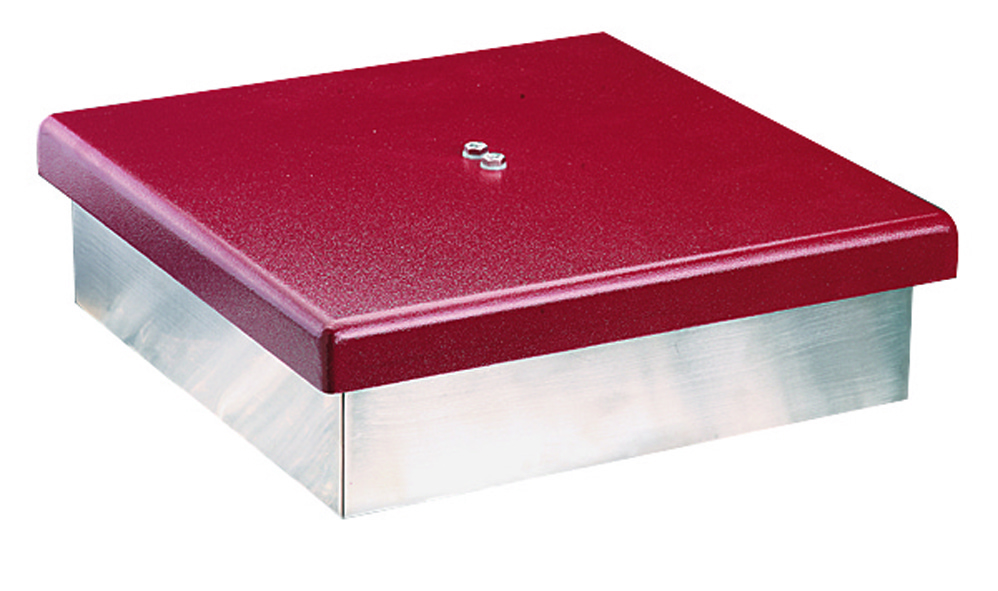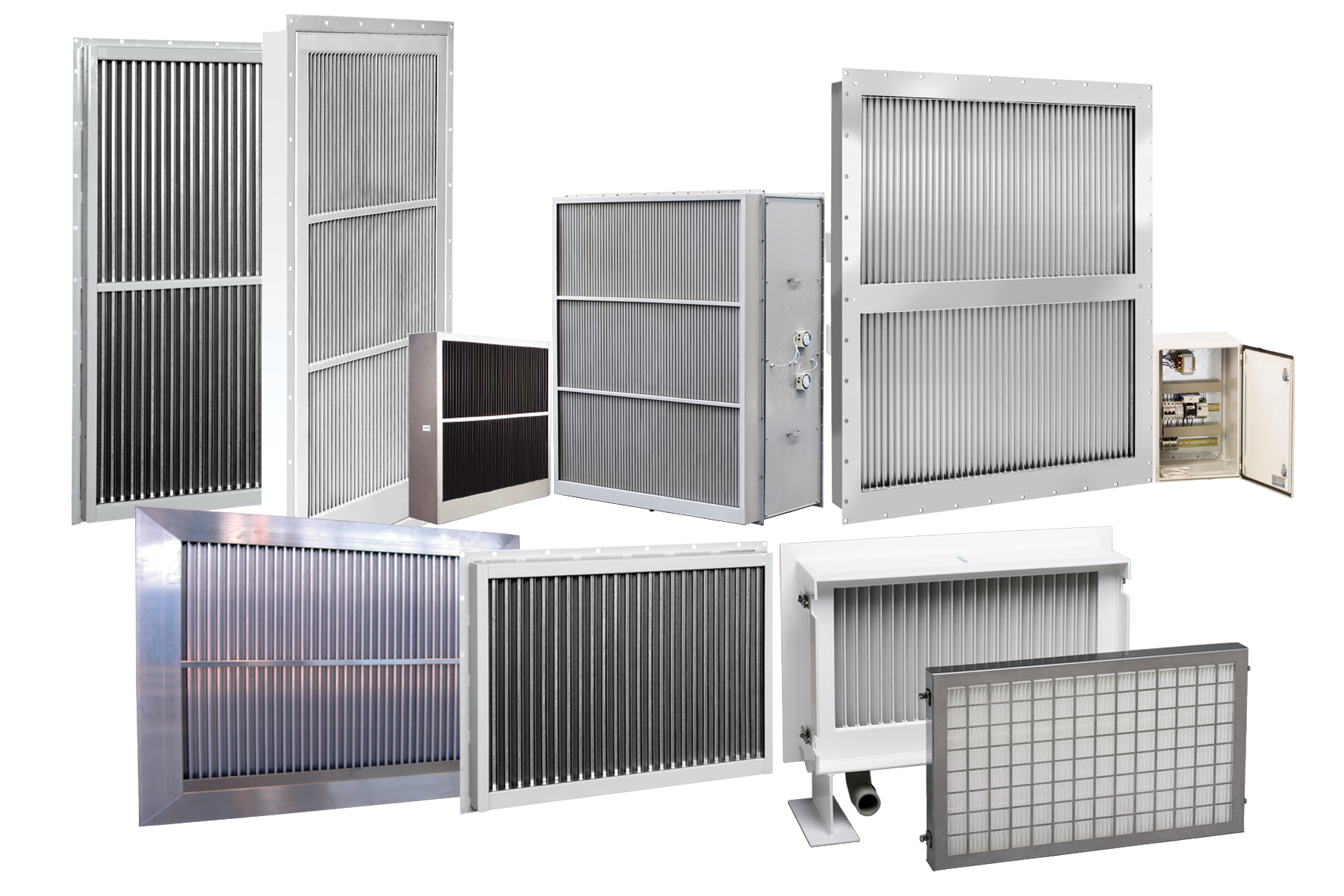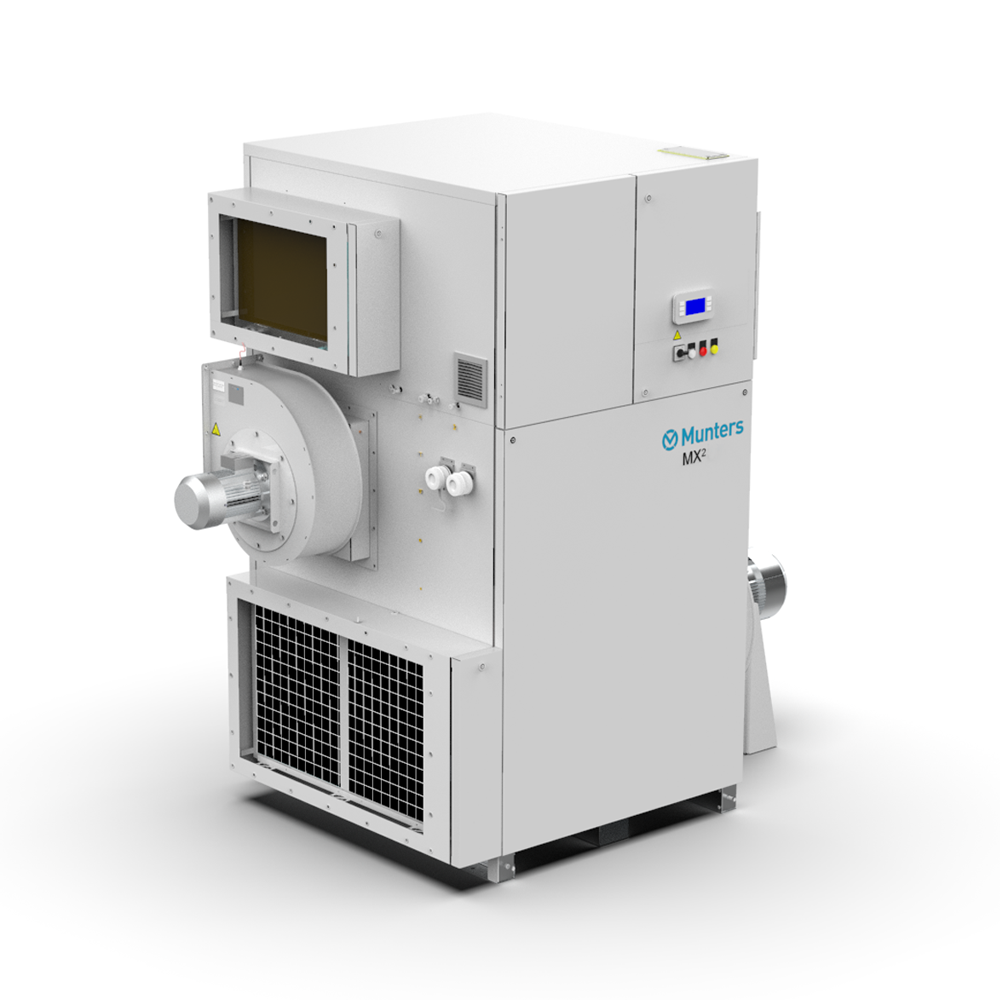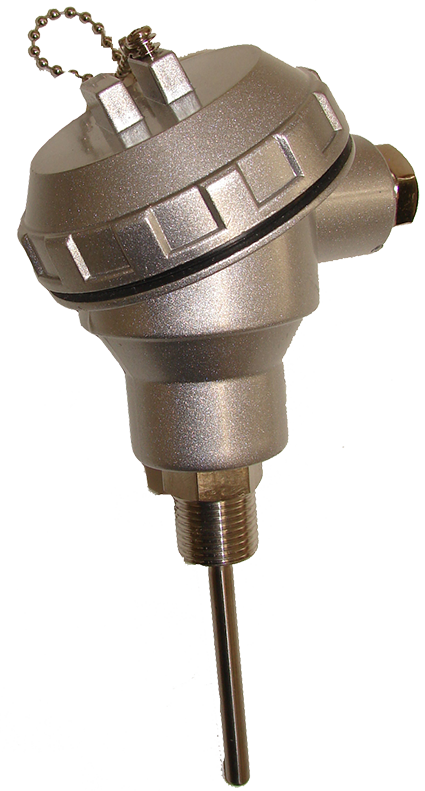Greenhouse ventilation

Discover the essential techniques that maintain optimal air quality within your greenhouse and foster crop growth. Effective ventilation is the pillar of successful greenhouse cultivation.

Munters Green Climate Controller for greenhouse ventilation
Our Green Climate Controller uses various sensors to monitor the temperature, humidity, and other environmental conditions inside your greenhouse. Using this data, it automatically adjusts the ventilation system to maintain a comfortable environment for your plants.
If the temperature inside the greenhouse is too high, the controller will open the vents to release hot air and bring in cooler air from outside. If the temperature inside the greenhouse is too low, the controller will close the vents, keeping the heat indoors.
The Green Climate Controller can also control the speed of the fans in your greenhouse. If the humidity inside the greenhouse is too high, the controller will speed up the fans to help circulate the air and remove moisture. If the humidity inside the greenhouse is too low, the controller will slow the fans to prevent the air from becoming too dry.
Discover more benefits of the Munters Green Climate Controller

The importance of de-stratifying the air in a greenhouse
Air stratification, or uneven air distribution, can hinder plant growth and increase energy consumption in greenhouses. Effectively circulating air using fans is essential to maintaining a healthy and productive environment.
By dispersing pockets of warm, humid air, fans help prevent fungal disease like botrytis. They also promote uniform temperature distribution, reducing energy costs by eliminating the need to heat the entire greenhouse to accommodate localized hot and cold spots.
The best method for de-stratifying air varies depending on the greenhouse size, layout and climate. In general, it is important to use a combination of methods to achieve the best results.
Explore Munters circulation fans

Forced ventilation with exhaust fans
Exhaust fans are an essential tool for greenhouse climate control. They help to remove hot, humid air from the greenhouse, which can help reduce the temperature and humidity levels and improve plant growth and development. They also help reduce the risk of pests and disease.
Exhaust fans can also ventilate the greenhouse during hot weather. This can help to keep the greenhouse cool and comfortable for plants and workers. Several different types of exhaust fans are available, so choosing the right fan for your needs is important. Munters experts can help you select, considering the size of your greenhouse, your regional climate, and the type of plants you are cultivating.
Explore our range of greenhouse exhaust fans
Forced ventilation and evaporative cooling
Forced ventilation, in combination with evaporative cooling, offers an effective solution for maintaining a stable climate in warm regions or during heatwaves. By combining forced ventilation with evaporative cooling, growers can effectively manage high temperatures and create a stable, comfortable environment for their plants. The synergy between these methods ensure that the greenhouse remains productive and minimizes the stress on crops, even in the face of scorching weather conditions or prolonged heatwaves.

Heating incoming air to optimize growth in colder climates
Relying on ventilation alone can be challenging in areas with colder outdoor temperatures since introducing cold air into the greenhouse potentially can harm the plants. To counter this, heating the incoming air becomes necessary to maintain a suitable temperature range for plant growth. Warming the air before it enters the greenhouse allows growers to mitigate temperature fluctuations and provide a more stable environment for their crops. For effective climate control, explore how Munters heaters play a vital role in greenhouse temperature management.














































































































































